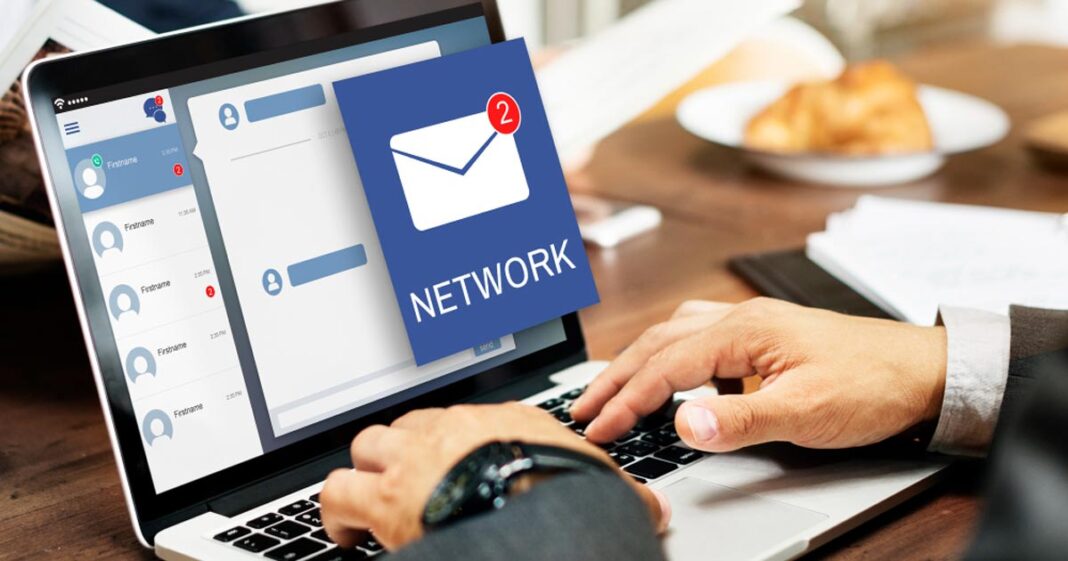
Introduction
In the ever-evolving digital landscape, influencer marketing has emerged as one of the most effective ways for brands to connect with their target audience. But with thousands of influencers flooding the internet, how do you pick the right one for your brand? The wrong choice can lead to wasted resources, while the right one can skyrocket your brand’s success. Let’s explore how to select the best influencers for your business, backed by real-life examples and success stories from India.
Understanding the Power of Influencer Marketing
Influencer marketing isn’t just about roping in celebrities to promote your product. It’s about finding individuals who have built trust with their audience and can authentically integrate your brand into their content. According to a report by GroupM, influencer marketing in India is expected to grow at a CAGR of 25% and become a $2.8 billion industry by 2026.
When brands collaborate with the right influencers, they can achieve:
- Increased brand awareness
- Higher engagement rates
- Better audience targeting
- Improved conversion rates
But how do you ensure you’re choosing the right influencer? Let’s break it down.
- Define Your Goals and Target Audience
Before reaching out to influencers, you must be clear about what you want to achieve. Are you looking for brand awareness, engagement, sales, or community building? For instance, if you’re a fitness brand aiming to increase sales, collaborating with a health and wellness influencer makes sense.
Example: When Mumbai-based fitness brand MyProtein India wanted to boost awareness, they partnered with Ranveer Allahbadia, a.k.a. BeerBiceps, a fitness and motivational YouTuber. His credibility in the fitness space helped MyProtein strengthen its presence in India.
- Choose the Right Type of Influencer
Influencers come in different categories based on their follower count and influence:
- Nano-influencers (1K-10K followers) – Best for niche engagement
- Micro-influencers (10K-100K followers) – Best for targeted reach
- Macro-influencers (100K-1M followers) – Best for high engagement
- Mega-influencers (1M+ followers) – Best for mass awareness
Example: Indian food delivery giant Zomato uses a mix of influencers. They collaborate with micro-influencers for regional campaigns and macro-influencers like Kusha Kapila and Tanmay Bhat for broader audience appeal.
- Check Authenticity and Engagement, Not Just Followers
A large following doesn’t guarantee success. What matters more is the influencer’s engagement rate, authenticity, and audience interaction. Fake followers and bots can inflate numbers, so always check for:
- Meaningful comments (not just emojis)
- Consistent interaction with followers
- Authenticity in past brand collaborations
Example: D2C beauty brand Mamaearth grew its market presence by collaborating with small yet highly engaged mom bloggers instead of big celebrities. This strategy helped them win the trust of their target audience—mothers looking for toxin-free baby and beauty products.
- Evaluate Content Quality and Brand Alignment
The influencer’s content should resonate with your brand’s voice and values. Ask yourself:
- Does their aesthetic match my brand?
- Have they worked with competing brands?
- Are they consistent in content creation?
Example: Fashion brand Nykaa works with influencers like Komal Pandey and Dolly Singh, whose high-quality content aligns with the brand’s aspirational image, making their campaigns more impactful.
- Leverage Data and Analytics
Use analytics tools like HypeAuditor, Upfluence, or Social Blade to analyze an influencer’s audience demographics, engagement rate, and growth trends. This ensures that your influencer partnership is data-driven and not just based on popularity.
- Test and Optimize Your Influencer Strategy
Instead of going all-in with one influencer, experiment with multiple influencers and track which ones drive the best results. Metrics to track include:
- Engagement rates (likes, comments, shares)
- Website traffic from influencer posts
- Conversion rates (sales, sign-ups)
Real Success Stories from India
- Boat and Tech Influencers
Boat, the Indian audio brand, partnered with tech YouTubers like Gaurav Chaudhary (Technical Guruji) and Trakin Tech to market their earphones and smartwatches. The strategy worked wonders, making Boat India’s top-selling audio brand.
- Fevicol’s Viral Campaign with Influencers
Fevicol, known for its quirky ads, collaborated with comedians like Zakir Khan and Ashish Chanchlani to create humorous content around “Fevicol Ka Mazboot Jod.” The campaign gained millions of organic views.
- Cred’s Bold Move with Celebrities and Meme Pages
Cred used a mix of celebrity influencers (Rahul Dravid, Kapil Dev) and meme influencers (Instagram meme pages) to create viral campaigns. Their famous “Indiranagar ka Gunda” ad featuring Rahul Dravid became a viral sensation overnight.
Final Thoughts
Influencer marketing is a game-changer, but success depends on selecting influencers who align with your brand’s values, audience, and goals. Instead of chasing vanity metrics like followers, brands must focus on authenticity, engagement, and data-driven decision-making.
By learning from successful Indian brands, you can craft an influencer marketing strategy that delivers real results. So, the next time you plan a campaign, don’t just pick an influencer—pick the right influencer!





